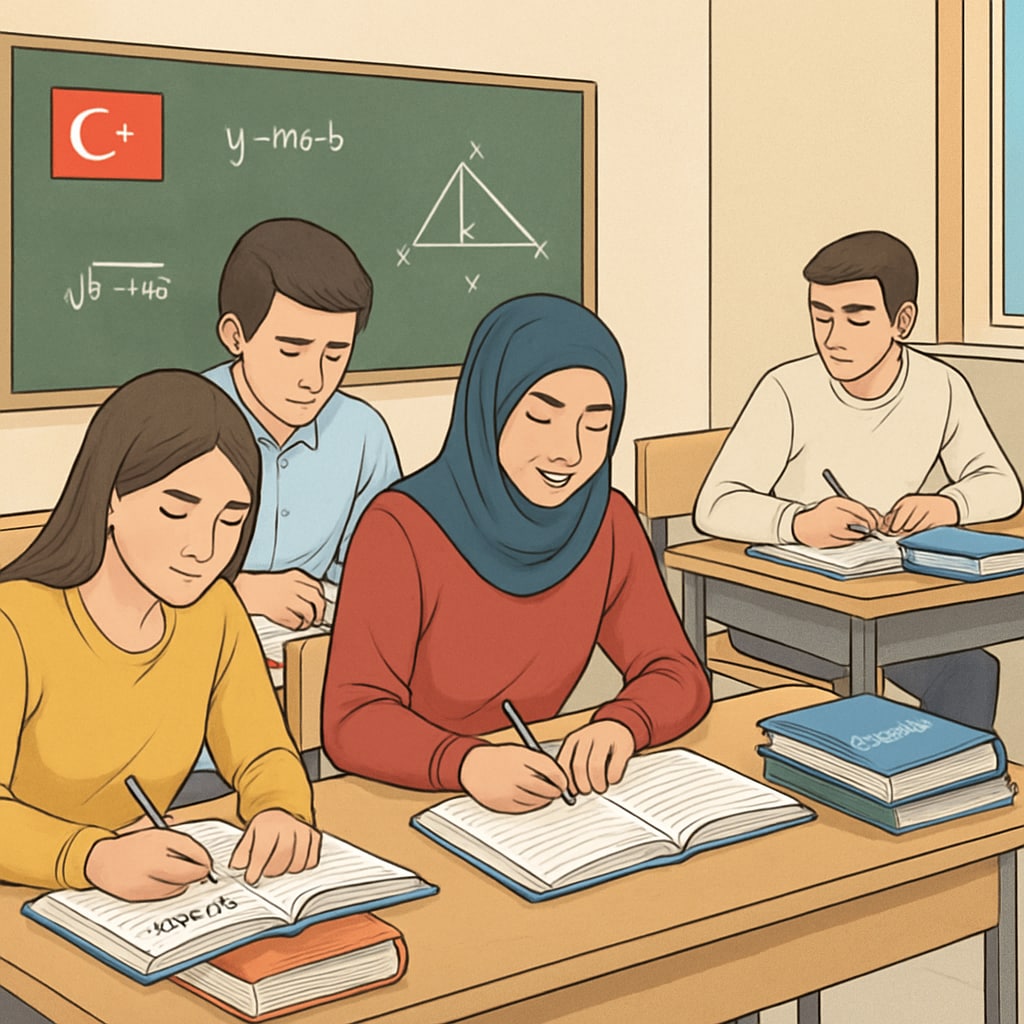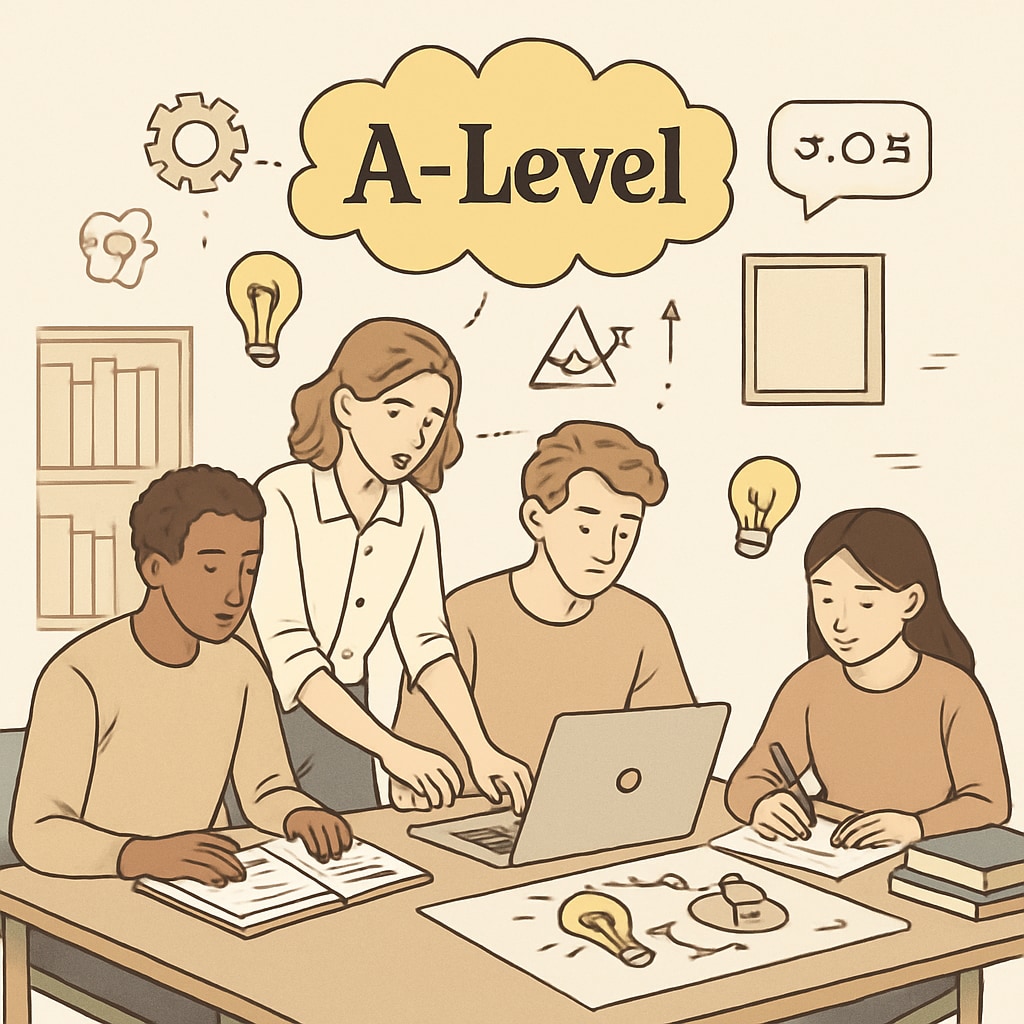Turkey’s centralized education system, with its heavy emphasis on standardized exams, is often criticized for stifling creativity and limiting students’ personal growth. Meanwhile, the UK’s A Levels curriculum stands out as a more flexible approach that encourages students to explore their interests and develop diverse skills. By comparing these two education systems, we can uncover valuable lessons for improving Turkey’s approach to reduce exam pressure and expand course selection freedom.
Turkey’s Centralized Exam System: Challenges and Consequences
The Turkish education system is dominated by a series of high-stakes, centralized exams that determine students’ academic and career trajectories. The most significant of these is the Higher Education Institutions Exam (YKS), which acts as the gatekeeper to university education. While this system aims to standardize assessment and ensure fairness, it creates significant challenges for students:
- Intense Exam Pressure: Students spend years preparing for these exams, often sacrificing extracurricular activities and personal interests in the process. The fear of failure can lead to burnout and mental health issues.
- Limited Skill Development: The curriculum is designed to teach to the test, leaving little room for creativity, critical thinking, or problem-solving skills.
- Restricted Course Options: Students have few opportunities to explore diverse subjects, as the focus is primarily on core academic areas.
As a result, the system prioritizes rote memorization over holistic development, leaving many students ill-prepared for the dynamic demands of the modern workforce.

The UK’s A Levels: A Model of Flexibility and Personalization
In contrast, the UK’s A Levels system offers a more student-centric approach. Introduced at the end of secondary education, A Levels allow students to choose three to four subjects that align with their interests and career aspirations. This flexibility provides several distinct advantages:
- Customized Learning Paths: Students can tailor their education based on their strengths and future goals, which fosters a deeper engagement with their studies.
- Balanced Assessment: While exams are still a key component, coursework and practical assessments are also emphasized, reducing undue pressure.
- Skill Diversification: The system encourages students to develop transferable skills, such as critical analysis, communication, and independent research.
For example, a student interested in engineering can focus on mathematics and sciences while also taking an arts or humanities subject to broaden their perspective. This approach not only prepares students for university but also nurtures well-rounded individuals.

Lessons for Turkey: Bridging the Gap
Turkey could draw inspiration from the UK’s A Levels to create a more balanced and inclusive education system. Several reforms could help achieve this:
- Reducing Exam Pressure: Introduce multiple pathways for university entry, such as coursework, interviews, or extracurricular achievements, alongside exams.
- Expanding Course Selection: Allow students to choose from a wider range of subjects, including arts, technology, and vocational training.
- Fostering Holistic Development: Encourage schools to prioritize extracurricular activities, soft skills, and interdisciplinary learning.
Such changes would not only alleviate the overwhelming stress faced by students but also align Turkey’s education system with global trends, preparing its youth for a rapidly changing world.
In conclusion, education systems play a pivotal role in shaping future generations. While Turkey’s centralized model has its merits, its constraints highlight the need for reform. By learning from the UK’s A Levels, Turkey can build a system that balances academic rigor with flexibility, ensuring students thrive both personally and professionally.
Readability guidance: This article maintains an engaging yet professional tone, uses short paragraphs and lists for clarity, and includes transition words to enhance flow. The two images complement the content by visually representing the discussed education systems.


